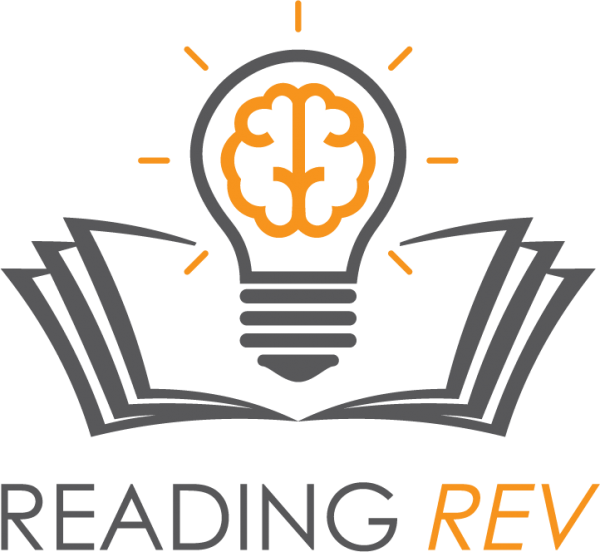From Confusion to Clarity: Why Identifying Dyslexia Matters
Today I had the honor of sitting down with my brilliant, creative, musical, and hilarious daughter, Kenzie. For the first time, she’s opening up about what it was like to grow up with unidentified dyslexia and ADD. Her story is raw, real, and filled with moments that highlight both the struggles and the resilience that come from living without answers for so long.
We share this conversation with one hope… that no child will ever have to feel as confused, misunderstood, or alone as Kenzie once did. Early identification matters. It changes lives.
If you’re a teacher, chances are you have students with dyslexia in your classroom right now. This is your chance to better understand how to support them. If you’re a parent watching your child struggle in school, now is the time to take action and seek answers.
Listen to our unedited interview, then visit the Reading Rev Dyslexia page for resources, tools, and next steps. You are not alone on this journey. We’re here to help.
In our conversation, Kenzie and I talked a lot about the psychological toll of growing up with reading struggles. The feelings of frustration, shame, and self-doubt she carried weren’t just academic; they left emotional scars. This reminded me of a powerful interview with Dr. Steven Dykstra, who explores the often-overlooked connection between reading difficulties and trauma.
“When we think about trauma, we need to think about two things. The first is the severity of the trauma. People have good instincts when it comes to rating the severity of trauma... The other axis in which we have to rate trauma is how chronic and repetitive it is. Very often, kids are as deeply affected by the low-grade or moderate level trauma which repeats over and over again... it’s always there and never goes away. The chronic trauma that wears you down over time can be devastating in ways we didn’t use to see. Difficulties reading, and the worries that come with having difficulty reading, wear children out and can have a long-lasting impact on development.” – Dr. Steven Dykstra
We tend to empathize easily with children who have experienced obvious, severe trauma. But as Dr. Dykstra points out, the daily, repetitive stress of struggling in school can be just as damaging, slowly eroding a child’s confidence, resilience, and sense of self. Recognizing this kind of “chronic trauma” is critical if we want to break the cycle for students like Kenzie.
Dyslexia is far more common than many realize. It affects an estimated 15–20% of the population. But it is not a life sentence of illiteracy or failure. With the right instruction and support, students with dyslexia can thrive, not just in reading, but in every area of life. In fact, some of the world’s most successful innovators, leaders, and creators have had dyslexia. The methods that work for dyslexic learners: explicit, structured, evidence-based reading instruction, benefit all students.
As educators and parents, we have the privilege of helping children not only overcome challenges but also discover their strengths. Dyslexic thinking is creative, insightful, and deeply needed in our world. Our job is to celebrate it and remind every child: you are smart, capable, and your way of thinking is a gift.
Please learn more.
Disclosure: Kenzie Schupp, age 25, has given her full permission for her personal story and experiences to be shared publicly in this video and blog.


